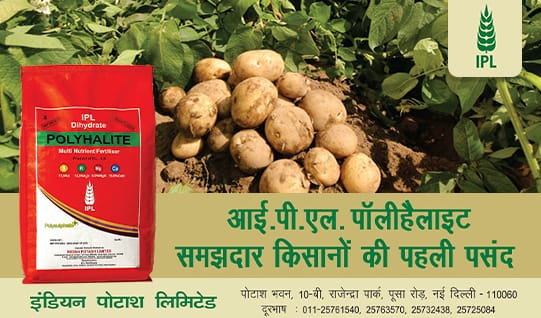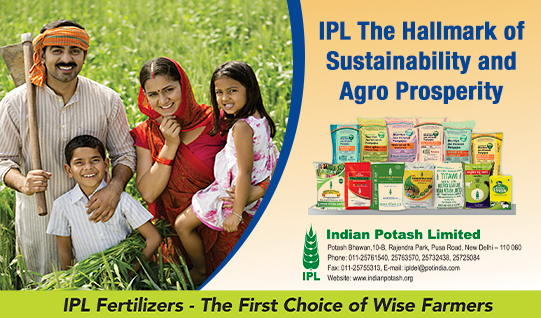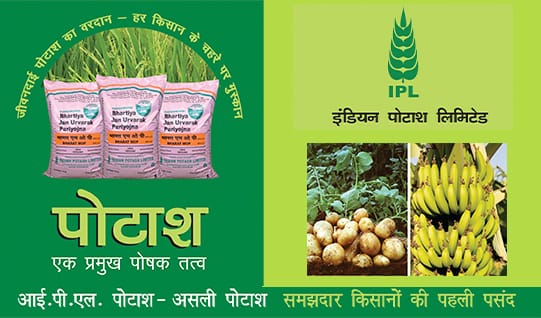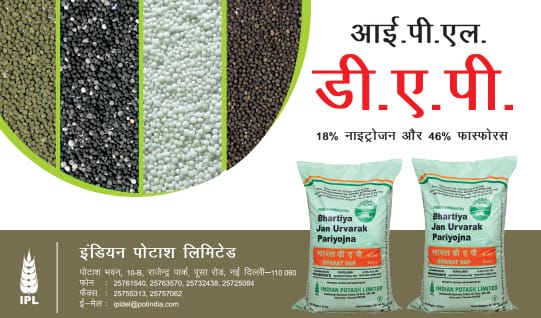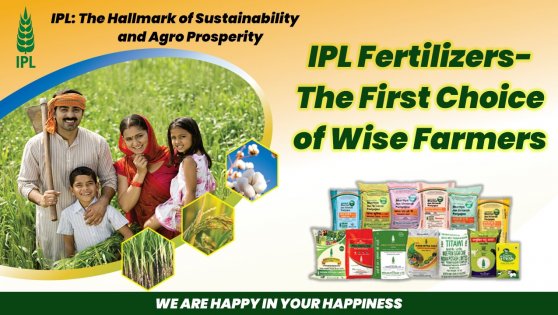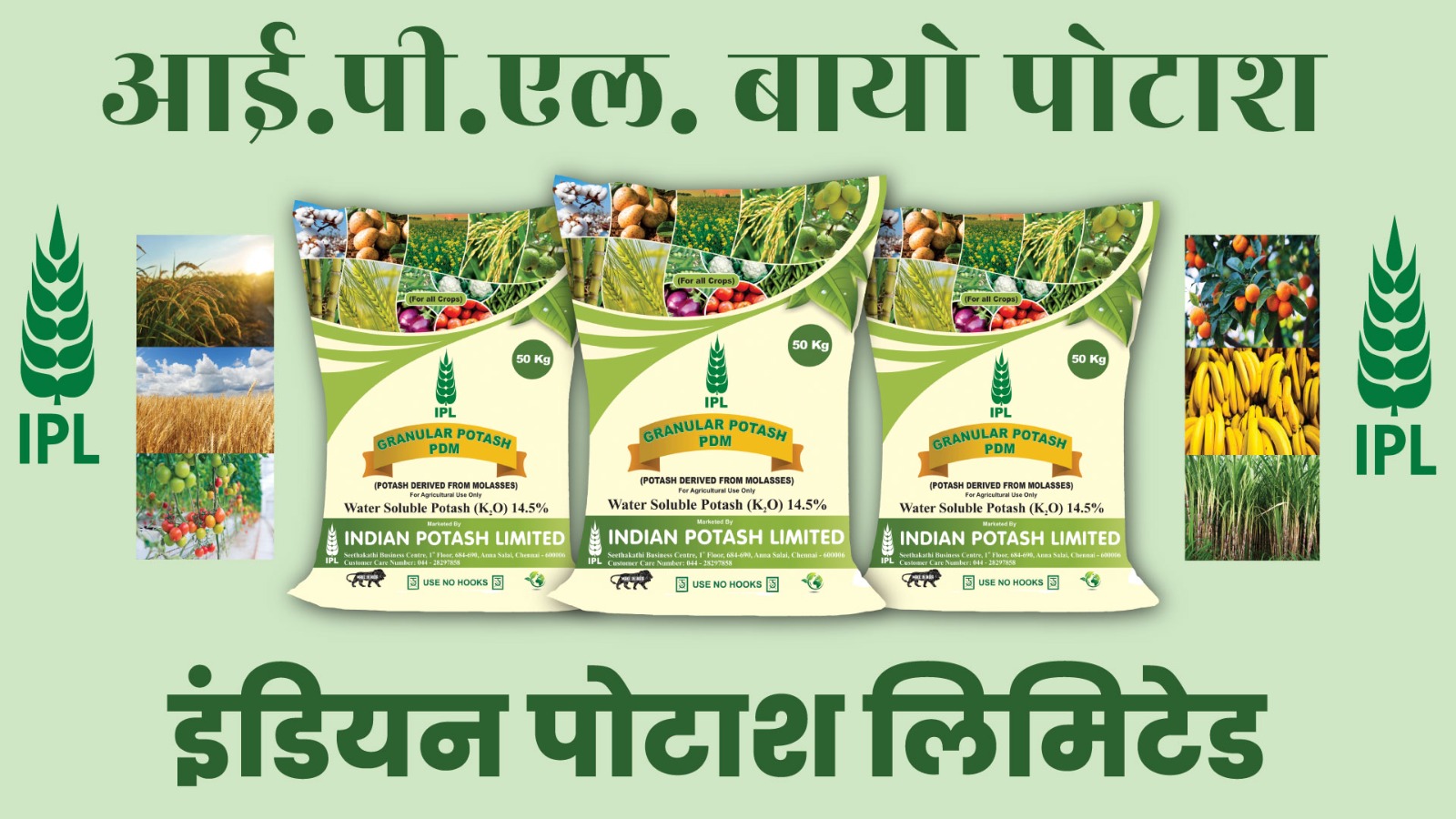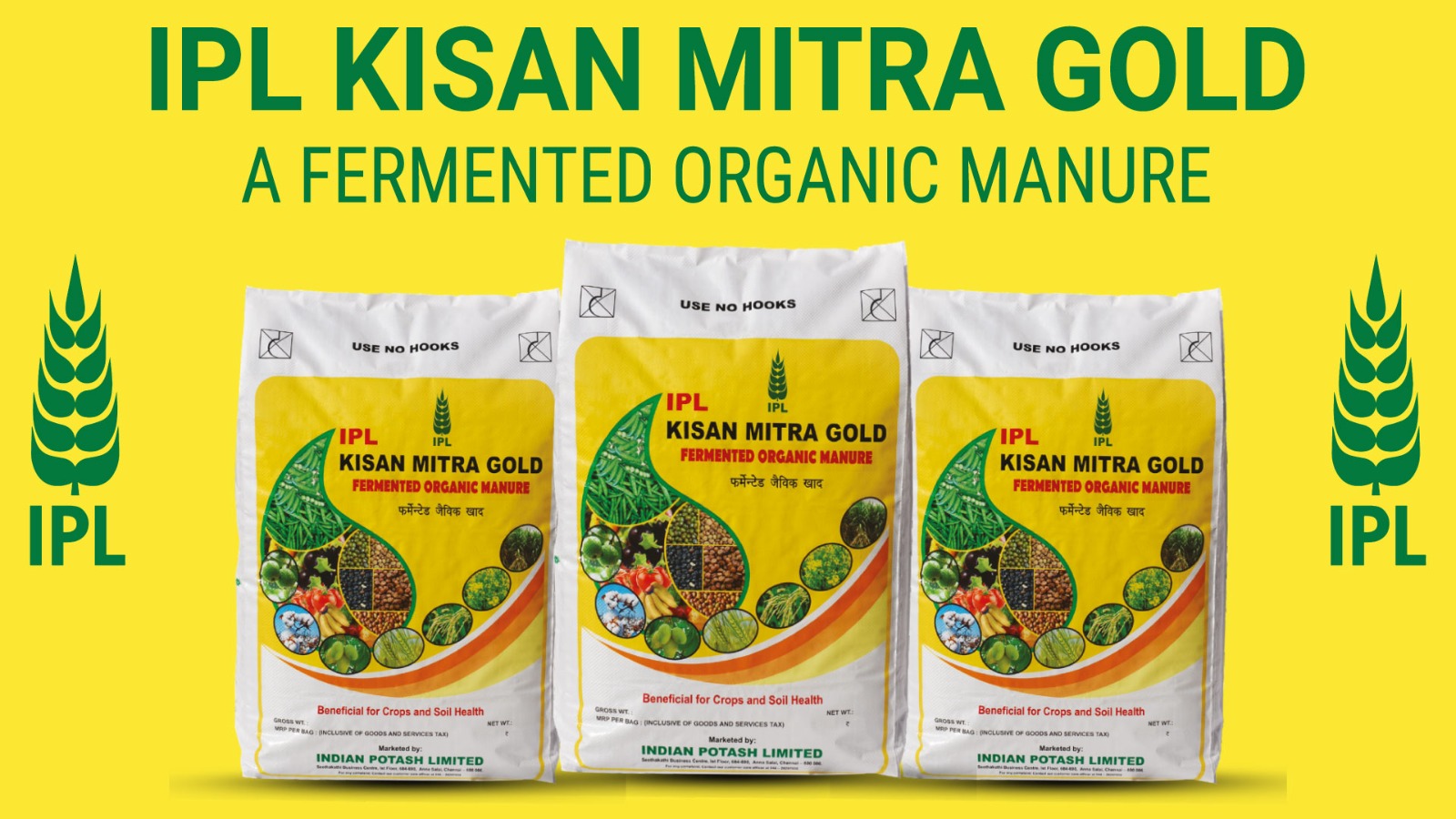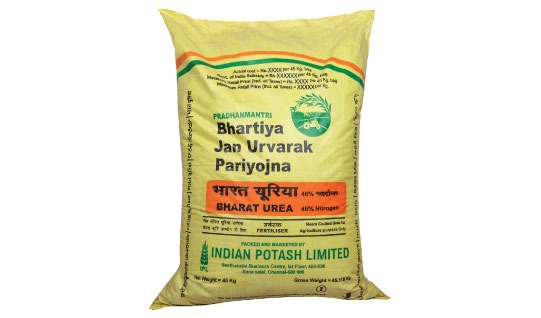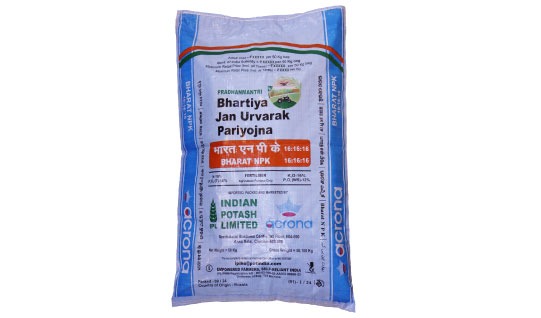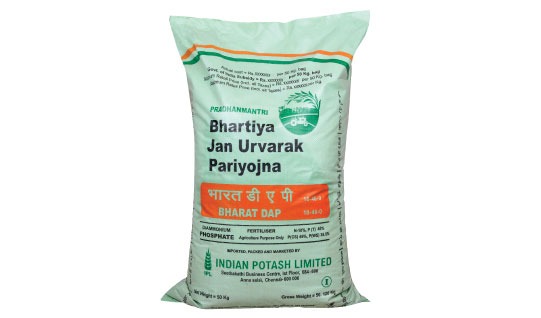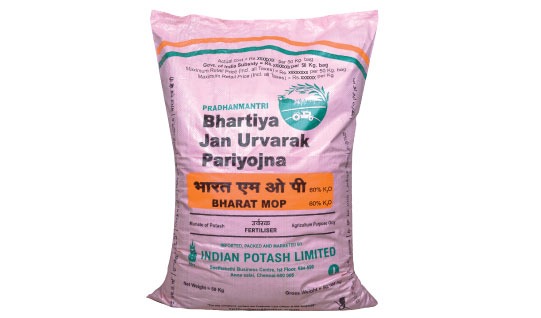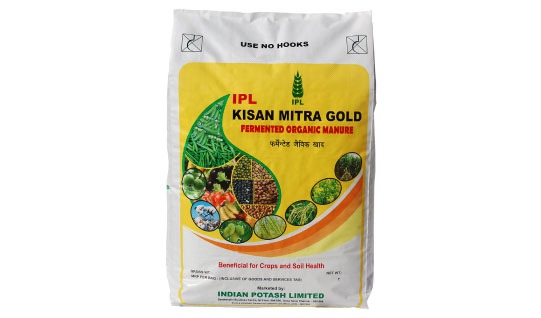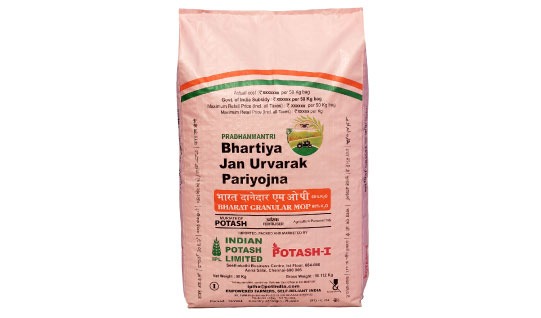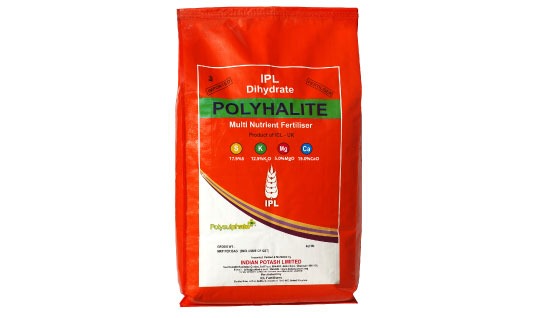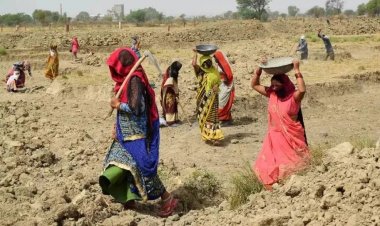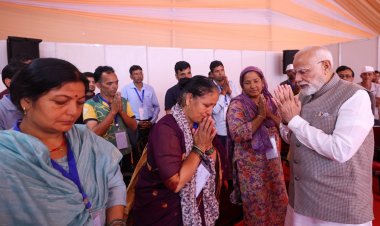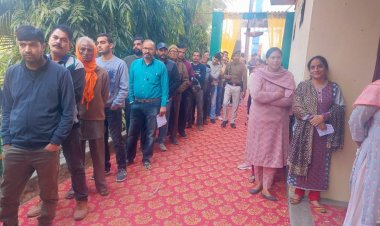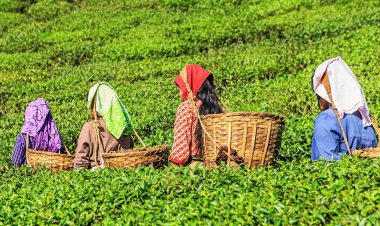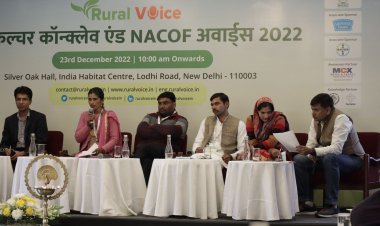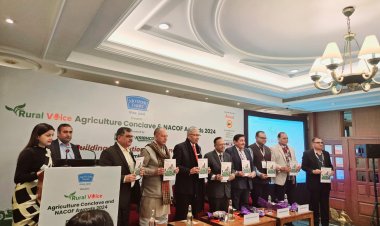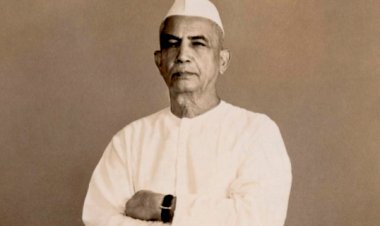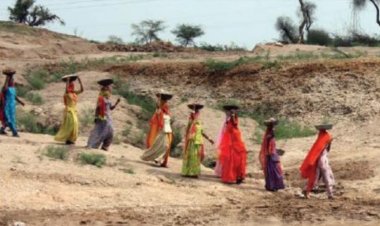Global Price Fall, Rising Heatwaves Put Pressure on Indian Agriculture: World Bank
The World Bank’s agricultural commodity price index rose marginally by 1% in the first quarter of 2025, largely driven by a 16% spike in beverage prices—particularly cocoa and coffee—following weather-related production setbacks.
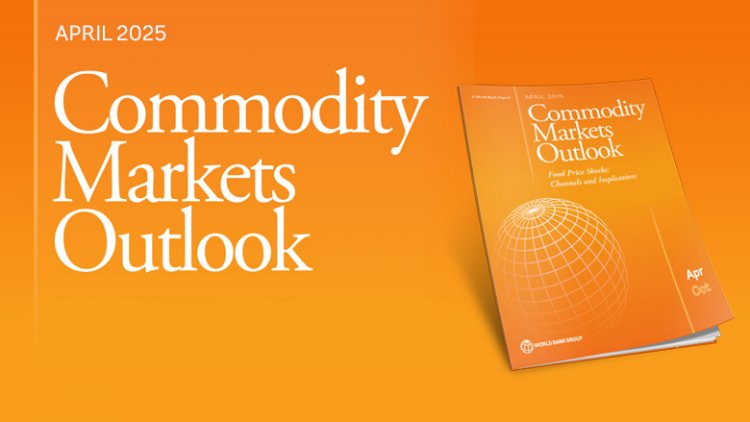
- R. Suryamurthy
---------------------
India’s agricultural sector, a cornerstone of the national economy and rural livelihoods, is entering a period of heightened uncertainty amid falling global commodity prices, escalating trade tensions, and rising climate risks, according to the World Bank’s latest Commodity Markets Outlook. While the projected decline in food prices may offer some respite to consumers, the report underscores the growing strain on farmers and the urgent need for climate-resilient policies.
The World Bank’s agricultural commodity price index rose marginally by 1% in the first quarter of 2025, largely driven by a 16% spike in beverage prices—particularly cocoa and coffee—following weather-related production setbacks. However, this modest increase was overshadowed by broad-based declines in food and raw material prices. The Bank now forecasts a 7% drop in global food prices for 2025, followed by a further 1% decline in 2026.
These global trends carry significant implications for India, which received $46.8 billion from agricultural exports in FY24 and where over 40% of the workforce depends on farming. The anticipated drop in prices is likely to support food affordability, significant for vulnerable households that spend a disproportionate share of income on food—but it also threatens to compress farm incomes already under stress from climate volatility and market uncertainty.
Among the key commodities flagged in the report, rice stands out for its dual economic and political significance in India. Global rice prices declined 14% in Q1 2025 and are now 29% lower year-on-year, a sharp reversal from the highs seen during the El Niño-induced supply crunch and India’s export restrictions in 2023.
This fall in global prices, while easing food inflation pressures domestically, poses a direct challenge to Indian rice farmers, particularly in states like Punjab, West Bengal, Uttar Pradesh, and Telangana. Export competitiveness has taken a hit, and without adequate price support or procurement interventions, farmers could face shrinking margins in the upcoming kharif season.
In addition to rice, the World Bank projects a 7% decline in the global oils and meals index and an 11% fall in grain prices for 2025. With India being a major producer of wheat, pulses, and oilseeds, as well as the world’s largest importer of edible oils, the price trend presents a mixed scenario—positive for consumers and the current account deficit, but potentially destabilising for domestic producers without adequate market buffers.
The World Bank highlights rising trade protectionism and policy uncertainty as additional stressors. While India’s agricultural exports have thus far avoided direct tariff shocks, the broader impact of slowing global economic growth could reduce external demand for Indian farm products. The situation is compounded by volatile geopolitical developments, particularly in West Asia and the Red Sea region, that could disrupt trade routes and logistics.
Beyond market forces, the report draws attention to an intensifying climate threat that looms large over Indian agriculture: extreme heat. The increasing frequency, intensity, and duration of heatwaves—already being felt across parts of India this year—pose a serious challenge to crop yields, soil health, and labour productivity.
According to the India Meteorological Department (IMD), temperatures in parts of central and eastern India have already breached 45°C in April, with forecasts indicating an extended period of above-normal heat through June. The cumulative impact on standing crops such as wheat, pulses, and vegetables could be severe, especially in regions with limited irrigation and poor access to crop insurance.
Heat stress not only reduces output but also elevates input costs as farmers resort to additional irrigation and pest control. Studies have shown that extreme heat can reduce crop yields by 10–15% in heavily affected areas, undermining both food supply and farmer income.
The World Bank’s analysis serves as a clarion call for India to rebalance its agricultural strategy. Policymakers must walk a fine line—protecting consumers from price volatility while ensuring that farmers remain economically viable.
Key priorities include expanding crop insurance coverage, investing in drought- and heat-resistant crop varieties, and bolstering public procurement systems to stabilise farm gate prices. The rapid adoption of agri-tech solutions, including precision farming and weather forecasting tools, can also enhance climate preparedness.
Moreover, trade diversification and value addition through food processing could help insulate the sector from external shocks. India's agricultural exports, while robust, remain heavily concentrated in a few commodities and markets.
As global dynamics reshape the landscape of agricultural trade and climate events become more disruptive, India’s farm economy stands at a critical juncture. While falling global food prices offer some relief, the broader outlook remains fraught with challenges that demand an urgent and coordinated policy response.
In the coming months, the real test will lie not just in managing seasonal fluctuations, but in building long-term resilience—both for the people who grow India’s food and the systems that sustain it.


 Join the RuralVoice whatsapp group
Join the RuralVoice whatsapp group
